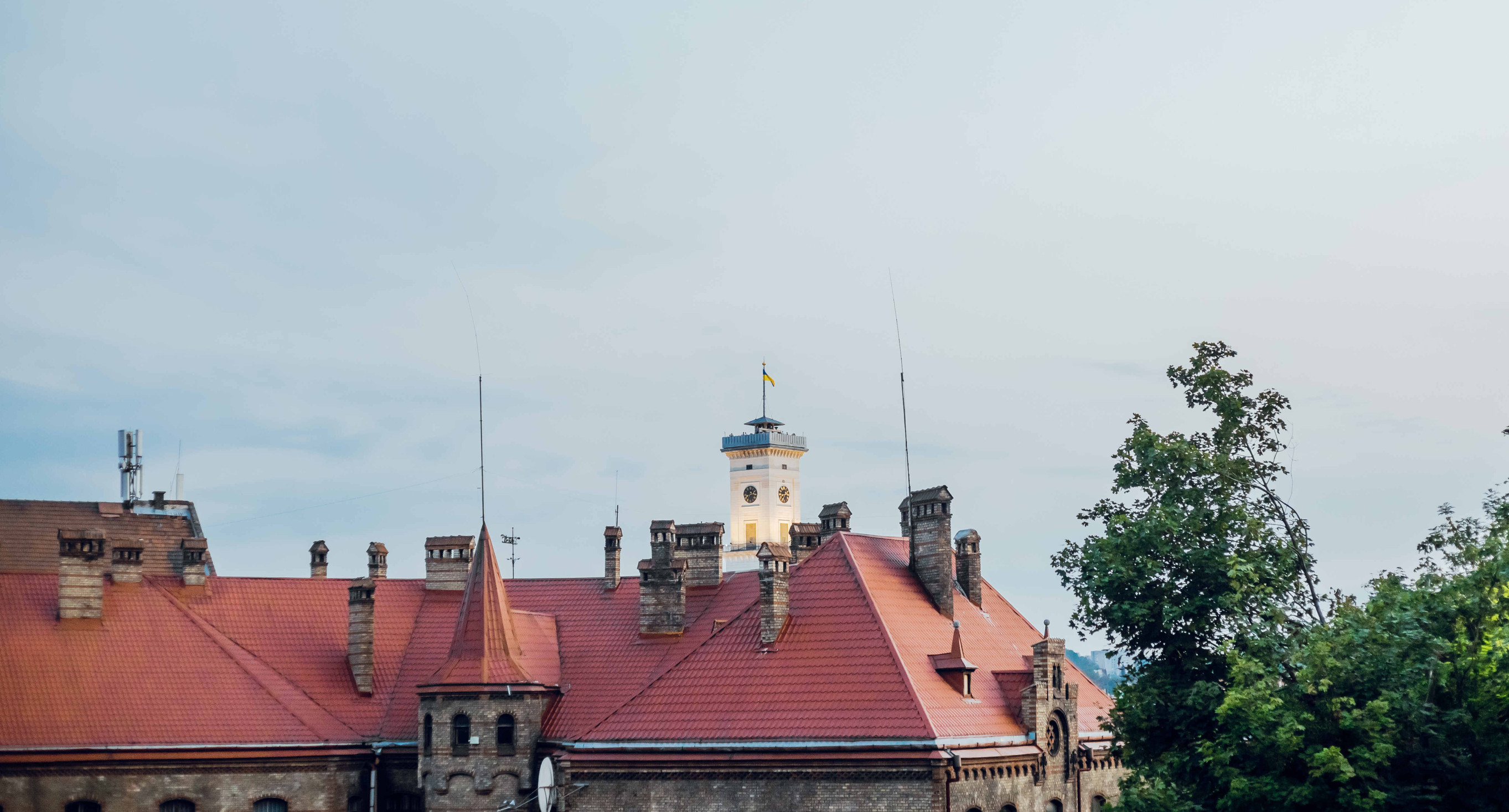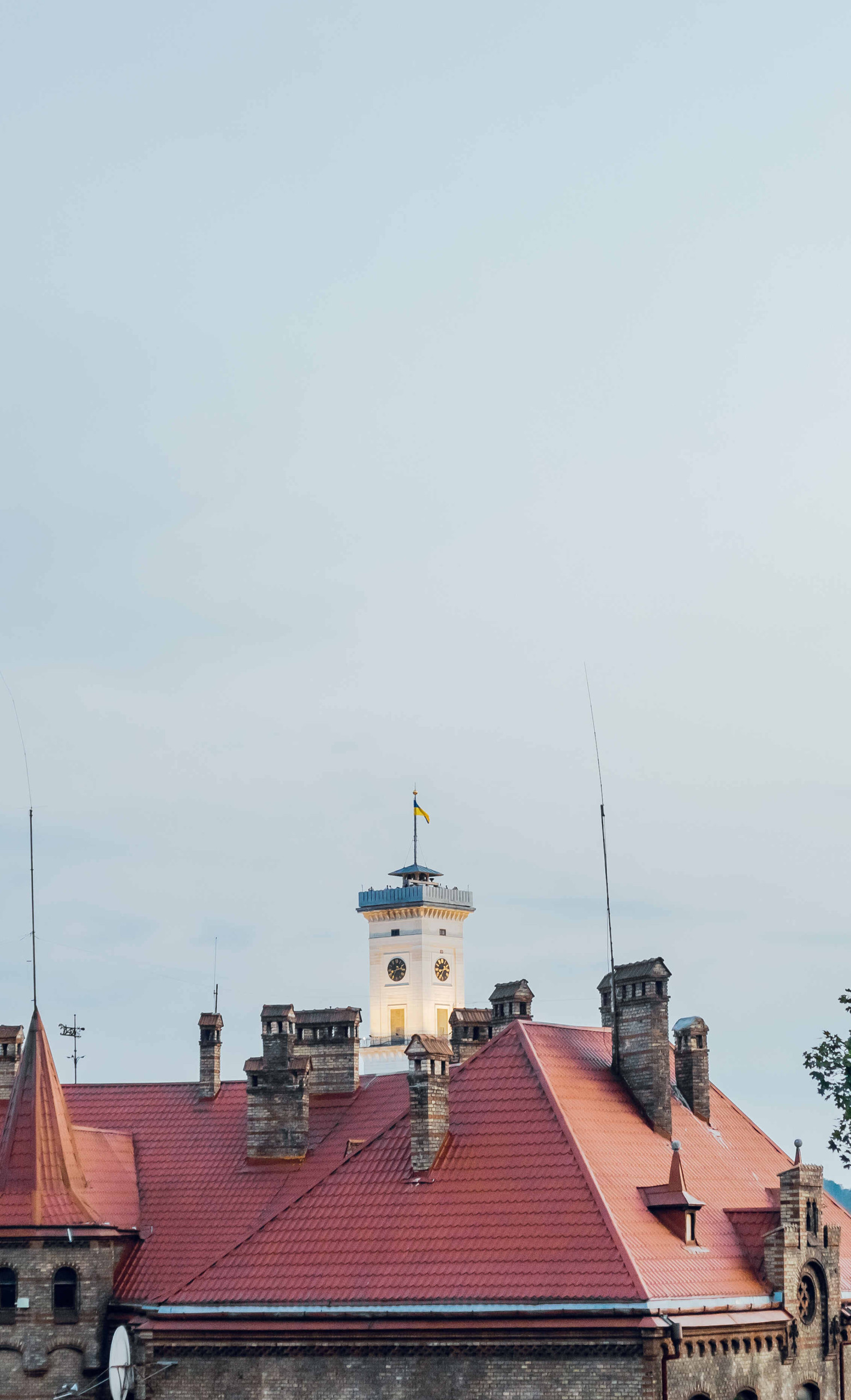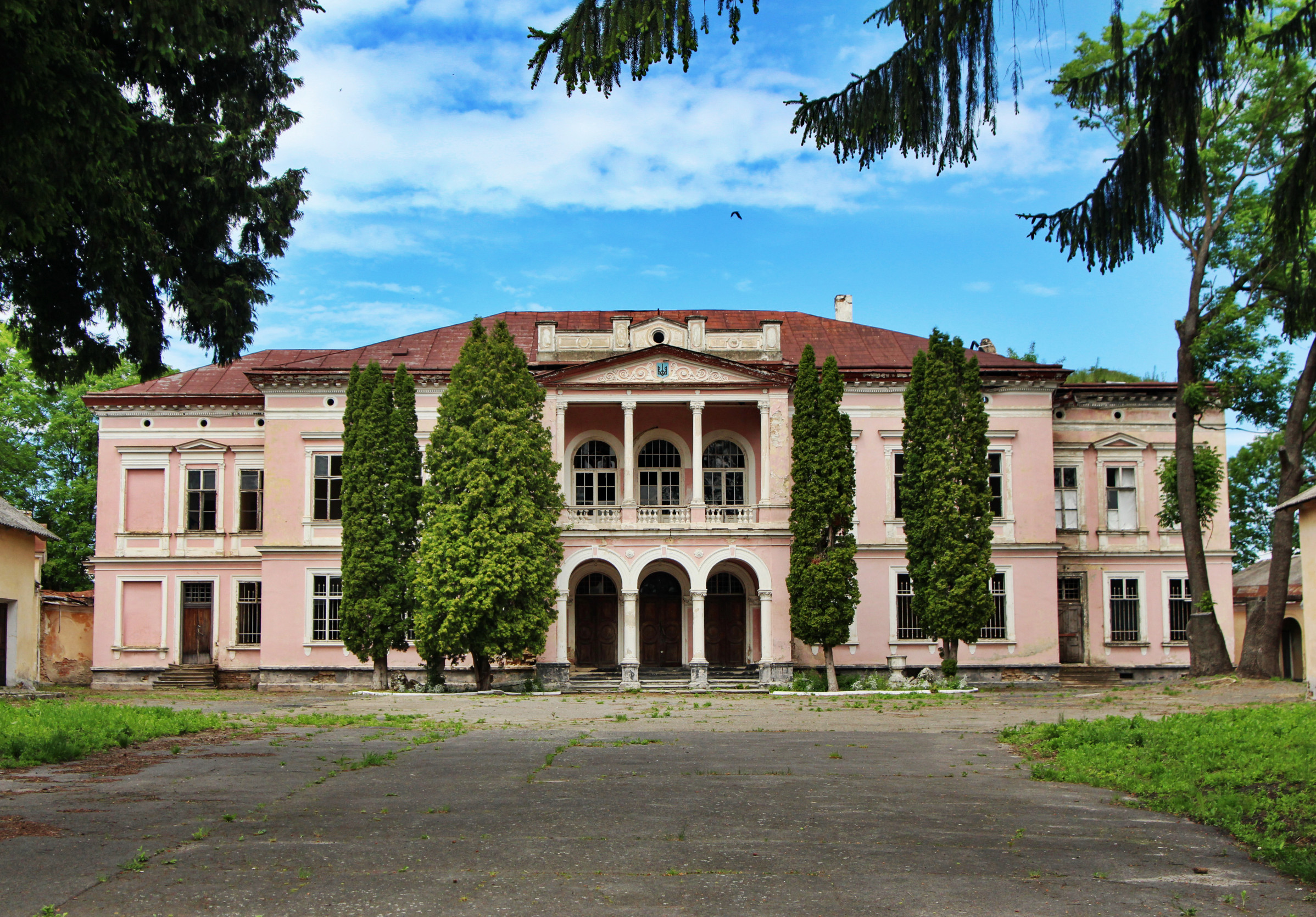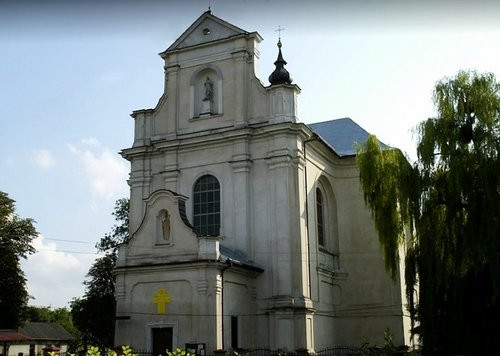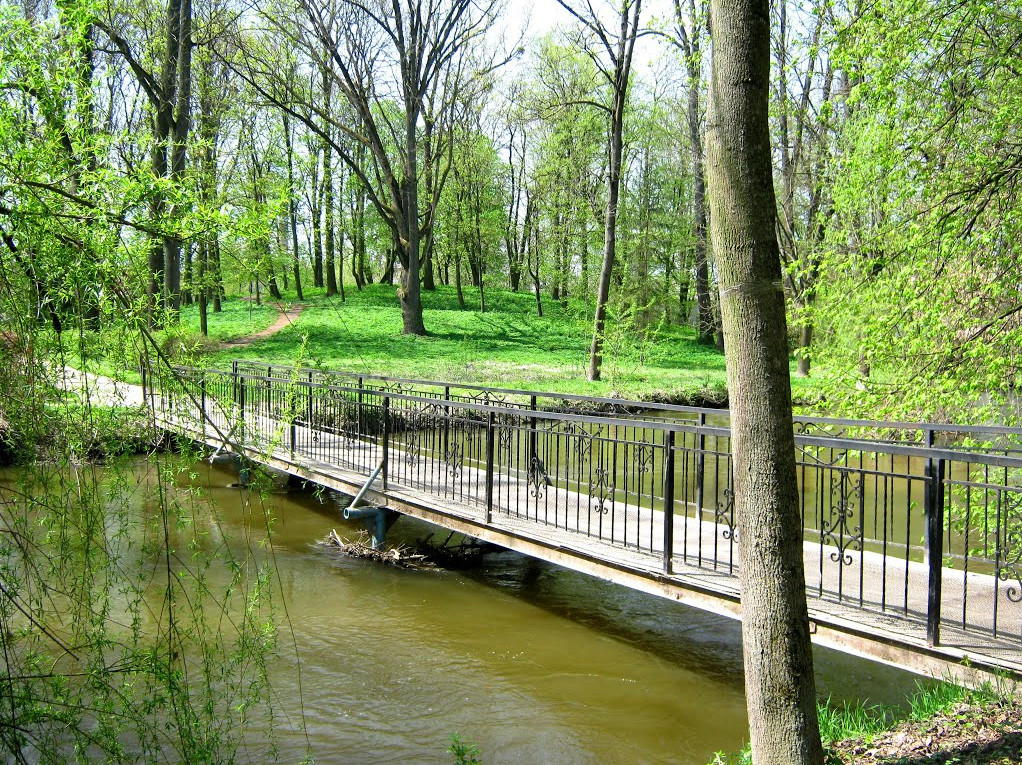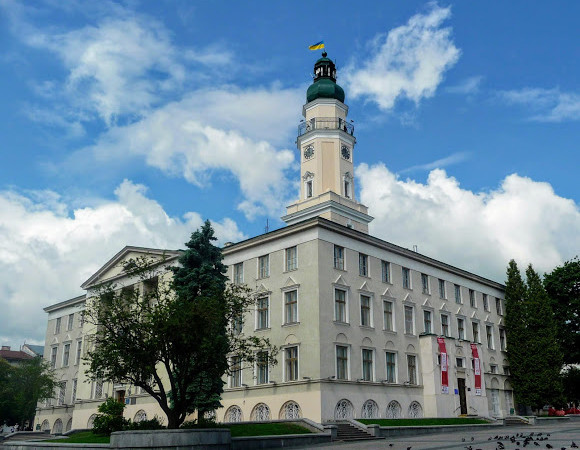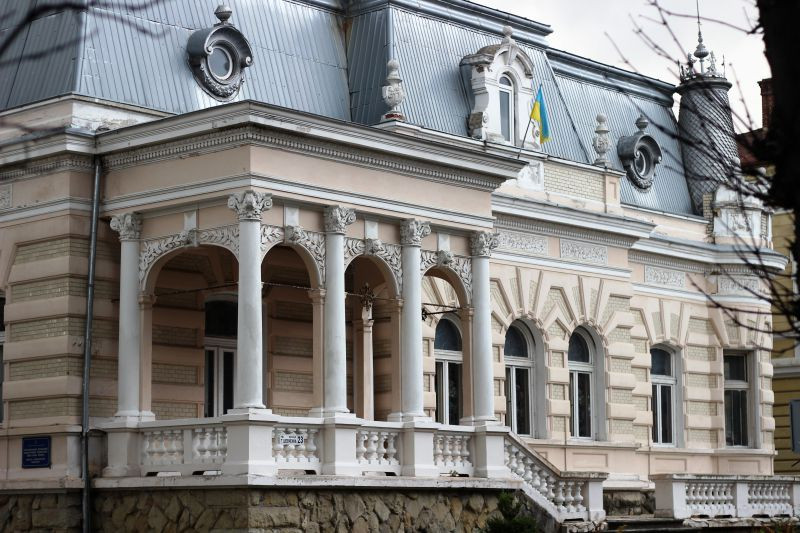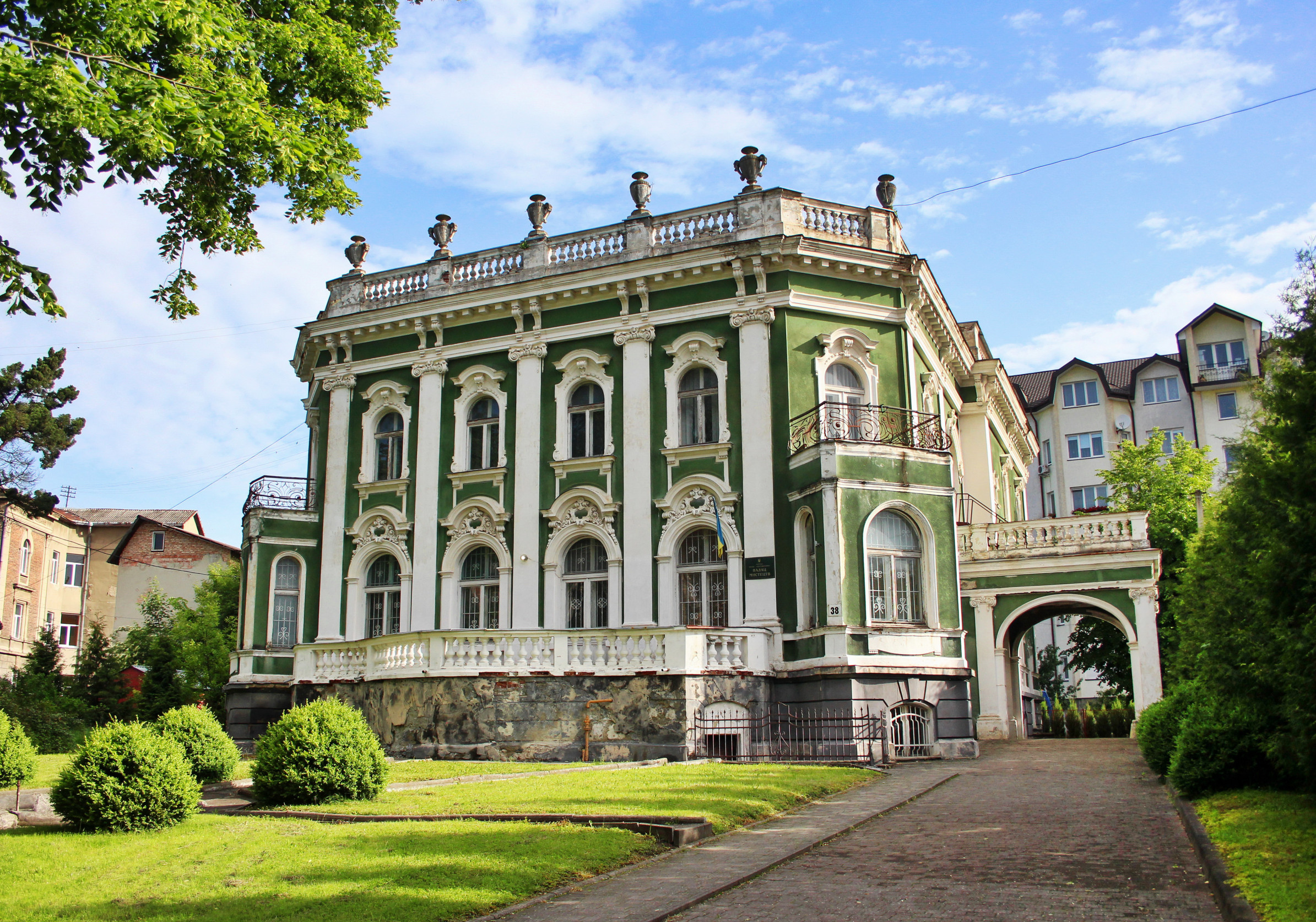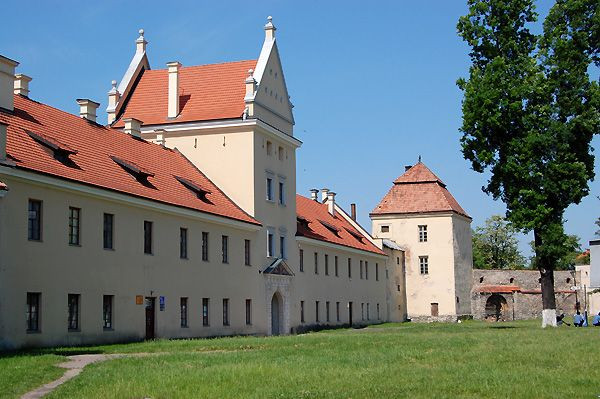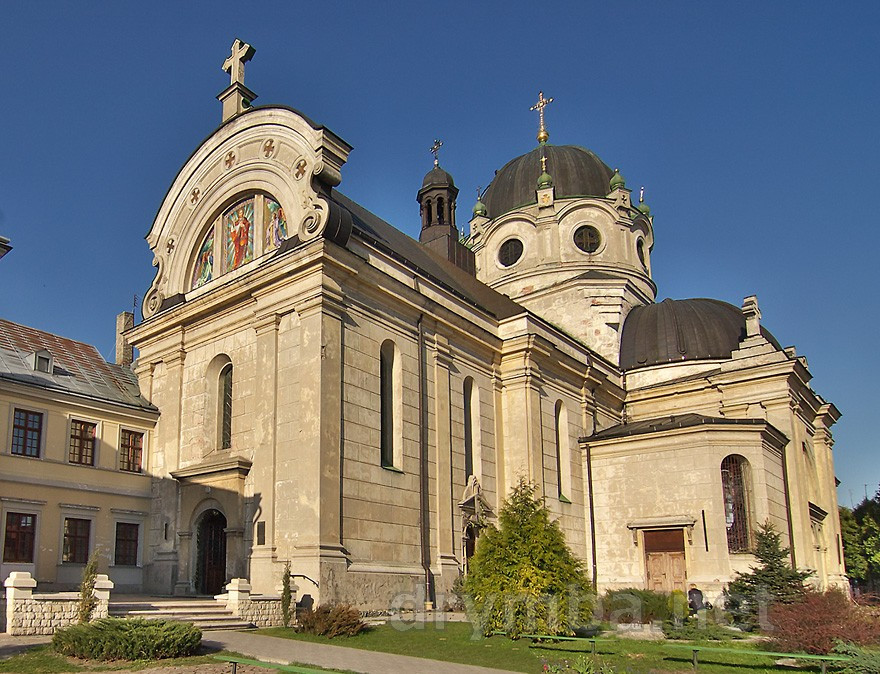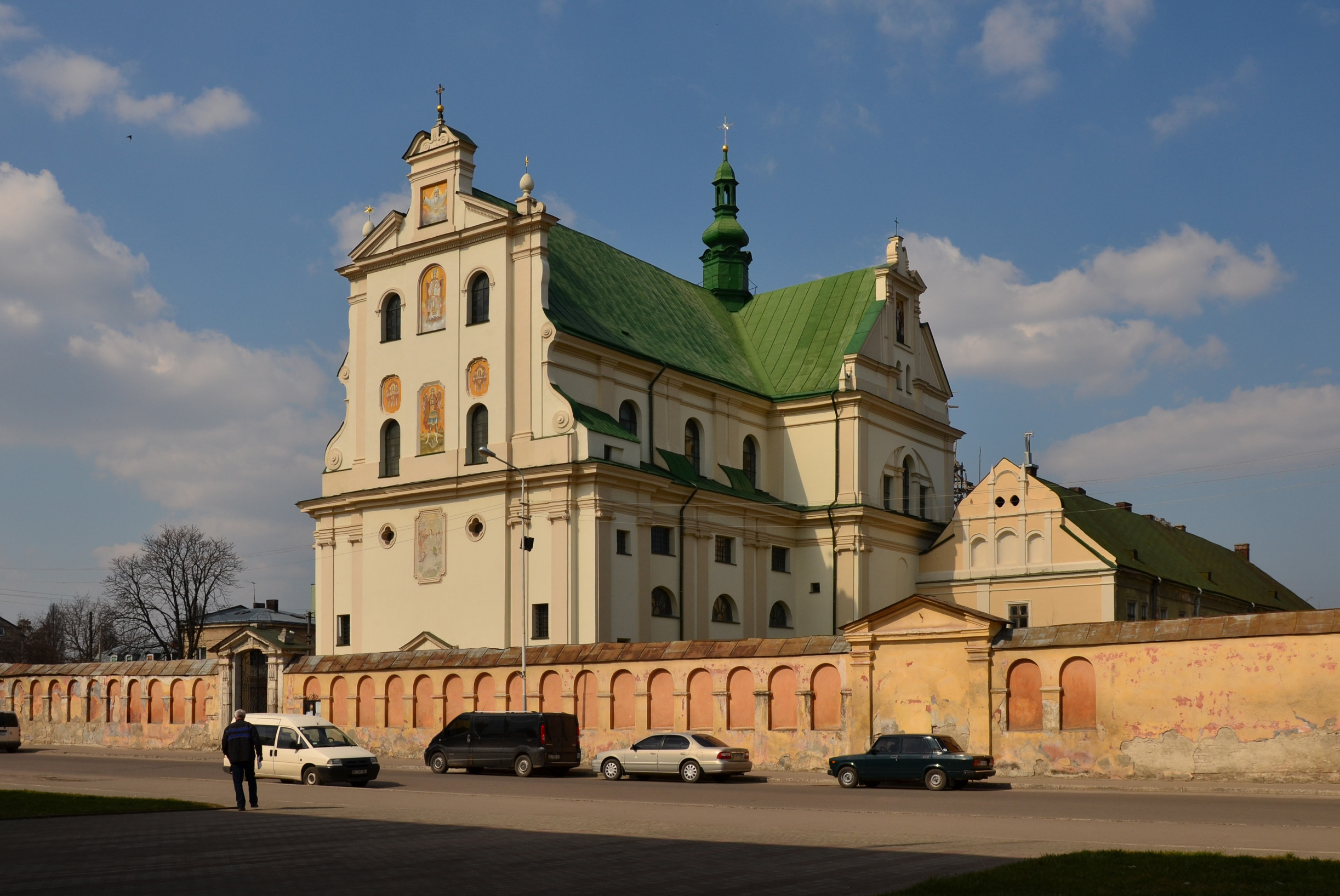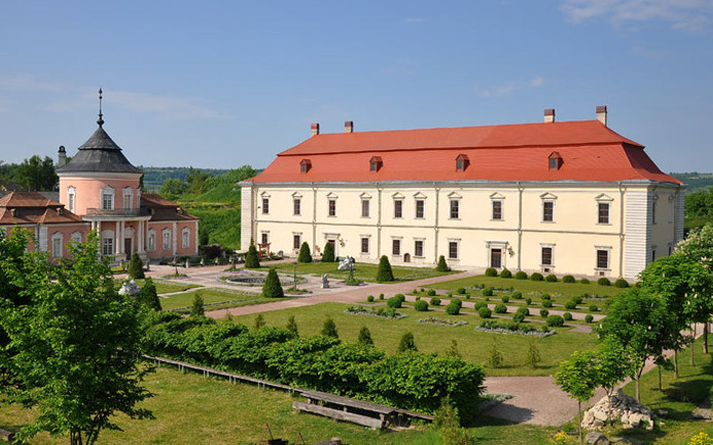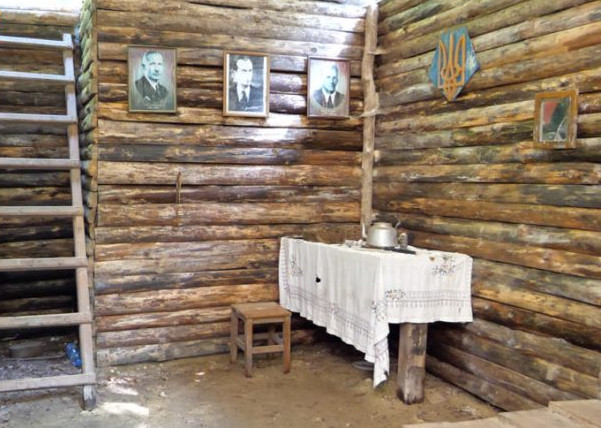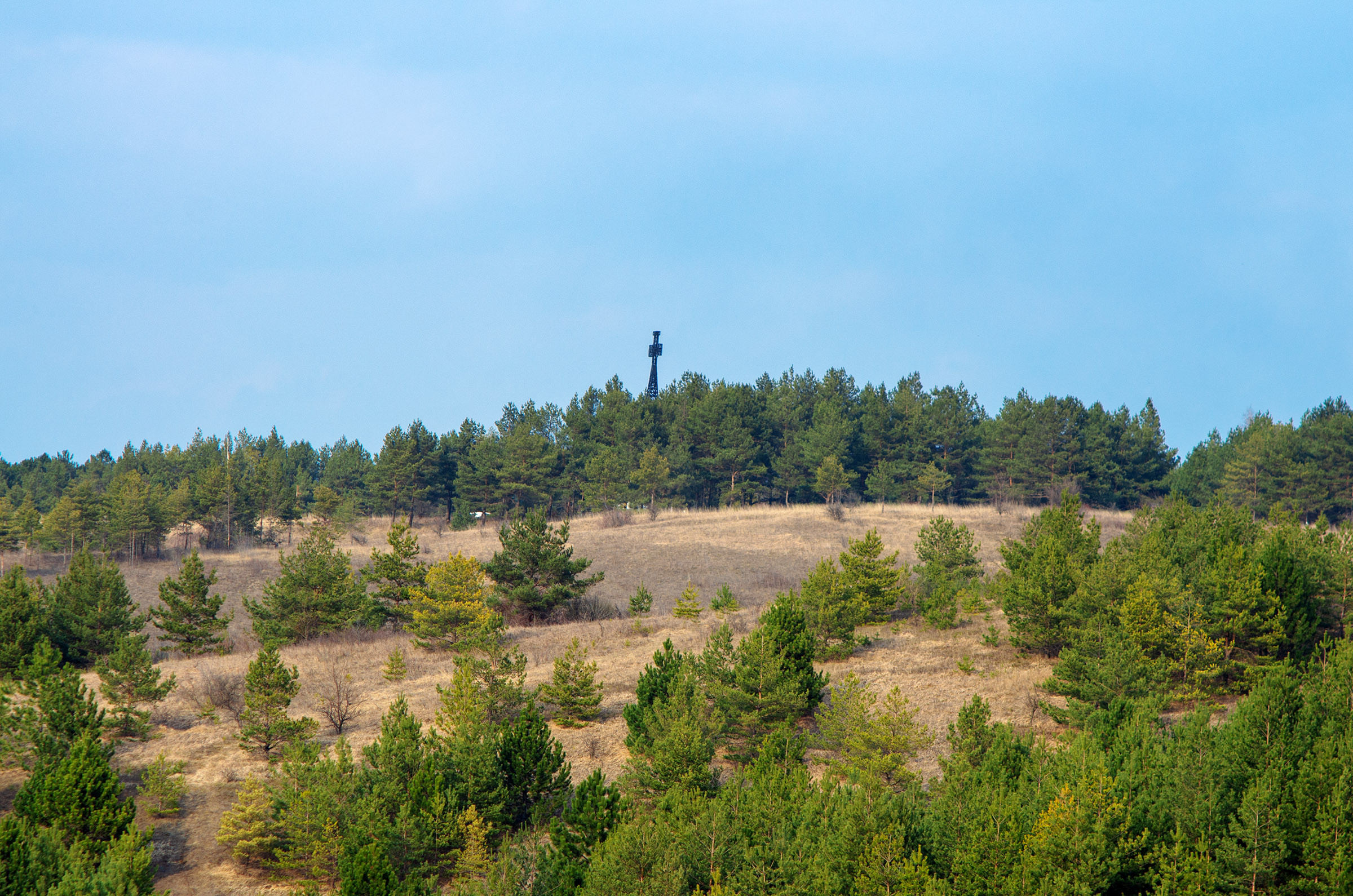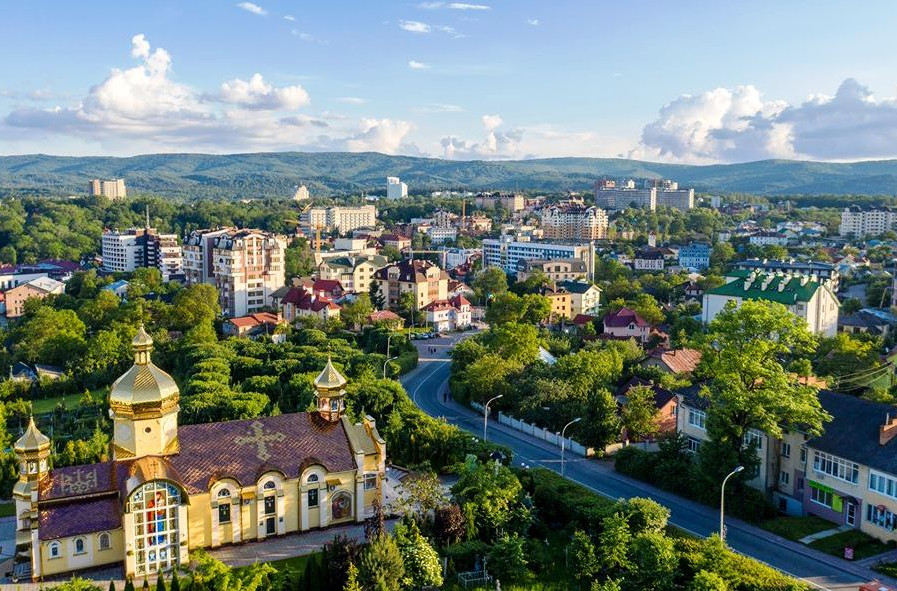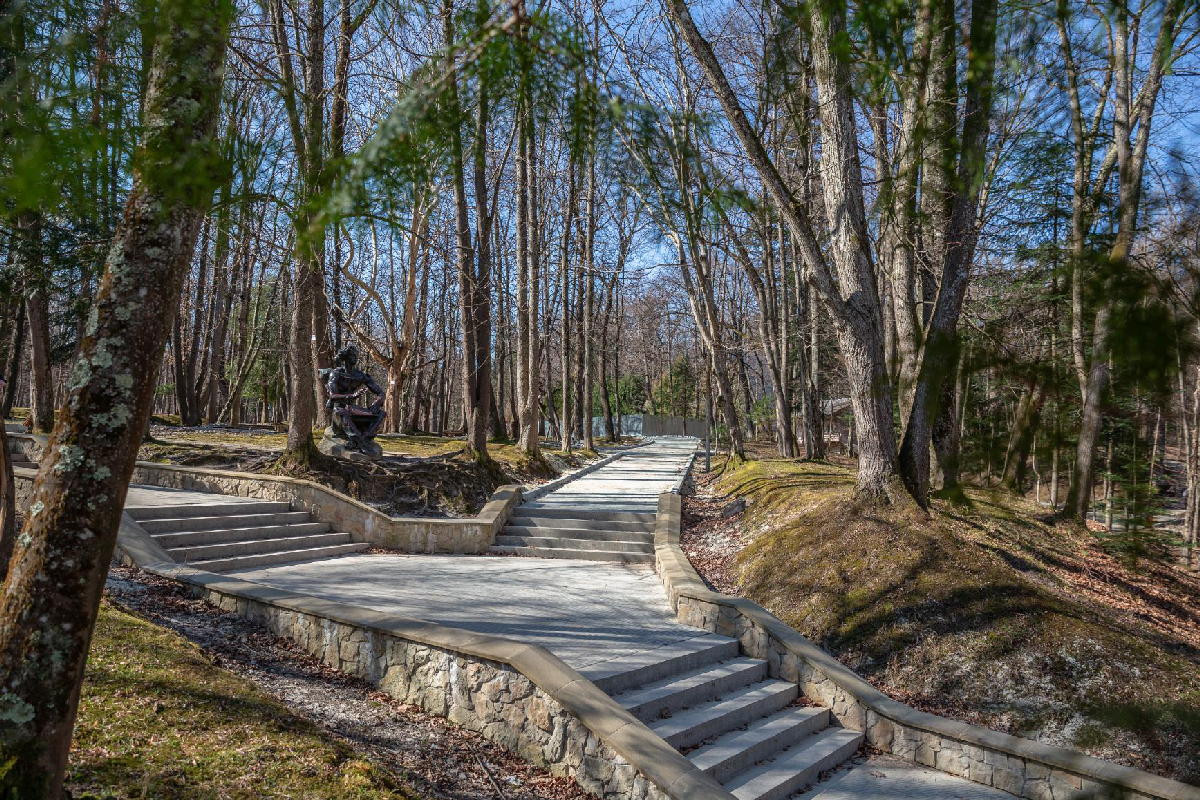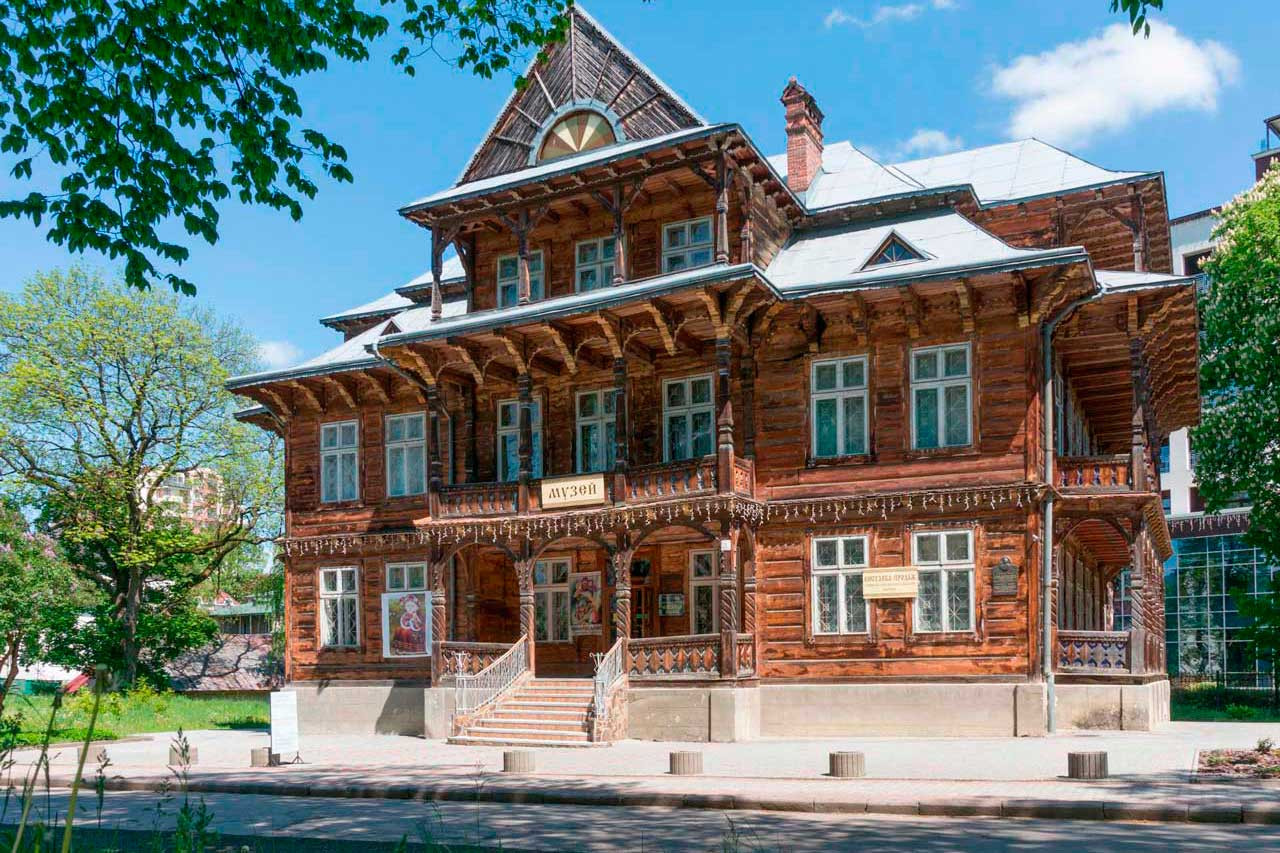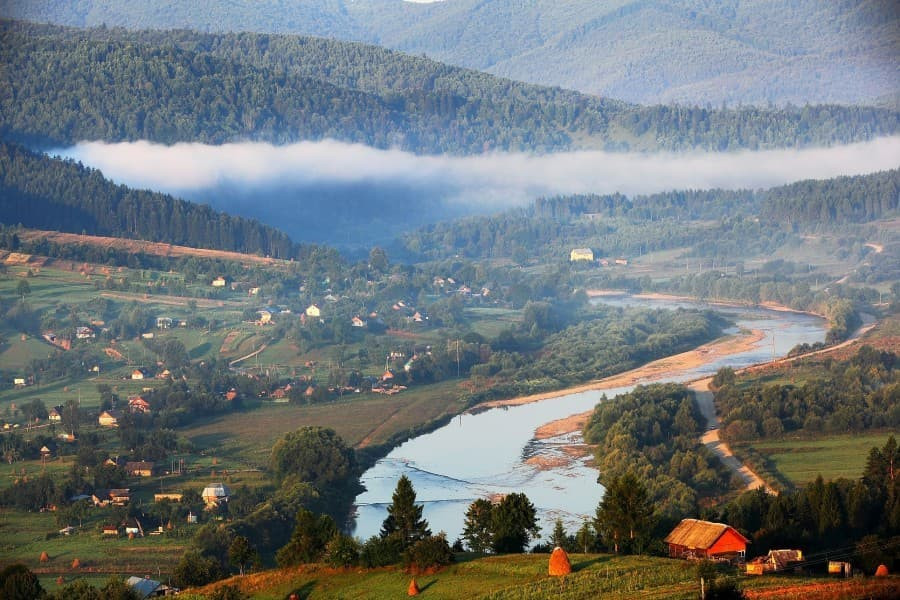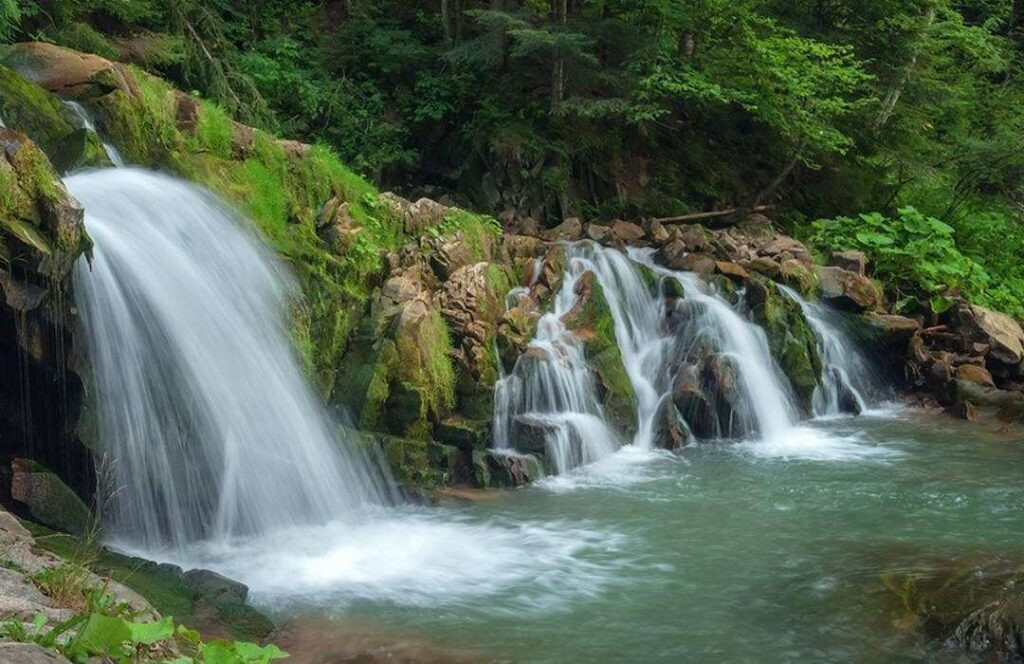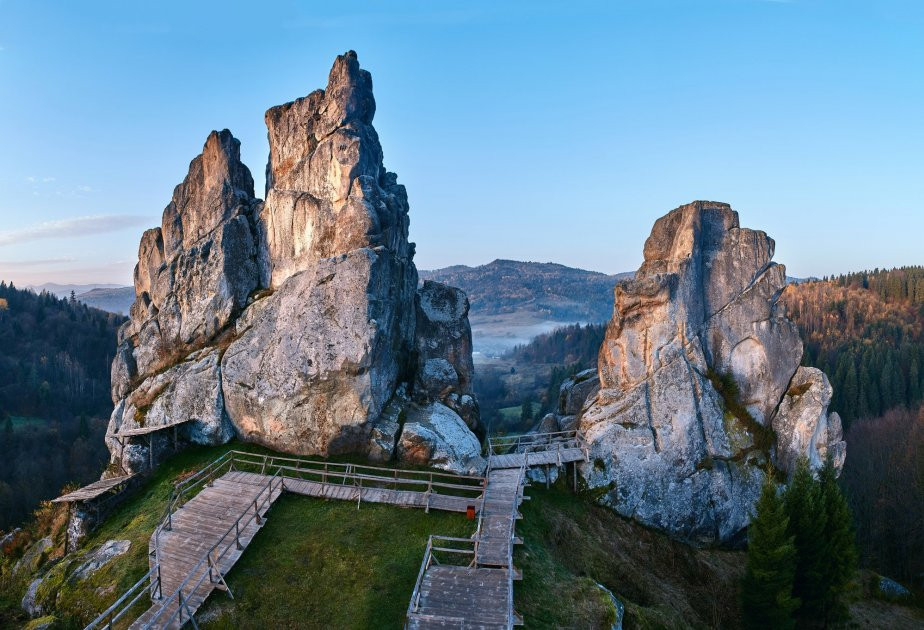Where can you go from Lviv for one day and enjoy unforgettable adventures and the beauty of Ukraine? Lviv is an excellent starting point for exciting excursions and trips to the most interesting places in the Lviv region and beyond. Before embarking on your journey, visit a restaurant or café where you can enjoy a delicious breakfast and gather the necessary energy for the whole day. After that, you can head to:
- Lviv - Busk: 55 km
- Lviv - Drohobych: 82 km
- Lviv - Zhovkva: 30 km
- Lviv - Zolochiv: 68 km
- Lviv - Truskavets: 85 km
- Lviv - Slavske: 138 km
- Lviv - Skhidnytsia: 102 km
- Lviv - Ternopil: 120 km
lviv.travel offers interesting locations near Lviv and notable places worth seeing and visiting. Have a pleasant journey!
Busk
- Count Badeni's Palace
The palace, along with its surrounding territory, stands on a gentle hill in the center of Busk. The main entrance is bordered by Petrushevycha Street, while the left side is flanked by the Western Bug River. The palace is also surrounded by a deep moat and the slope of the hill, which descends into the Ivan Franko City Park.
- St. Stanislaus Church
The walls and vaults of the church are adorned with monumental paintings dating back to the second half of the 19th century. It is known that the church had five altars, with the main one featuring a sculptural group depicting the Holy Trinity, as well as a miraculous image of the Holy Rosary Mother of God, which was transferred here from the former Dominican monastery.
- Ivan Franko Park
Busk Park is a remarkable example of garden and park art dating back to the late 17th century, featuring centuries-old trees. It is part of Ukraine's natural reserve fund, protected as a national heritage. The park covers a total area of 8 hectares and is traversed by the Western Bug River, which merges with the Poltva River at the park's end.
Drohobych
- Drohobych Town Hall
In 1422, the city received Magdeburg rights, and the first town hall was built, which underwent several reconstructions. From 1926 to 1929, the city erected the last and fourth town hall, designed by Lviv architects Jan Semkevych and Marian Nikodymovych. The town hall tower features a unique clock with dials on all four sides, which is over 90 years old.
- Street Museum
The Street Museum is a local project aimed at transforming the city space into an open-air museum. Murals, installations, selfie spots, and historical landmarks are all open and accessible to everyone interested.
- Salt Factory
Salt became a true symbol of the city and was once its main industry. The city even coined its slogan: "It's all about salt." Drohobych salt is unique, with no equivalents in Europe in terms of production technology and taste characteristics. However, unfortunately, it is closed now, and you can only admire the old building where salt was extracted.
- Villa Yarosh
This two-story stone house was built in the early 20th century. Behind the villa, there used to be a luxurious Dutch garden. The house still features a magnificent Baroque-style fireplace. During the German occupation, the building served as a military casino for the Gestapo. Now, the villa serves as a building of the Drohobych Pedagogical University.
- Villa Bianca or Villa Zeman
The villa is named after the beautiful Bianca, whom Bruno Schulz was infatuated with. She resided in this house and inspired the author to write the story "Spring." Currently, the villa is one of the departments of the Drohobych Museum - Palace of Arts, where various exhibitions take place.
Zhovkva
- Zhovkva Castle
Zhovkva Castle was built in the late 16th century. It was constructed as a Renaissance fortress with corner towers, battlements for defense and protection against enemies. During the reign of King Jan III Sobieski, the castle was transformed into a palace with beautiful decorations. It housed various trophies from military campaigns, valuable collections of artworks, weapons, and a library.
- Basilian Monastery and Church of the Sacred Heart of Christ Complex
The Basilian Monastery and Church of the Sacred Heart of Christ Complex (1612) is highly popular among tourists. The Basilian church is renowned for the paintings of Julian Butsmanyuk.
- Dominican Monastery
The Dominican Monastery is a grand and beautiful 17th-century structure. The Dominican Monastery and Church complex in Zhovkva were built as the burial place for the Sobieski family, and their tombstones have survived to this day.
Zolochiv
- Pidlyska Mountain or Markian Shashkevych Mountain
Pidlyska Mountain, also known as Markian Shashkevych Mountain, is a complex natural monument of local significance in Ukraine. The area of the natural monument is 146.5 hectares.
- Museum-Bunker of the Ukrainian Insurgent Army (UPA) Fighters
The Museum-Bunker near the village of Havarechchyna is one of the few places where historical heritage has been preserved and passed down through generations. The Museum-Bunker is a symbol of national pride and serves as a place of honor for the fallen heroes of the Ukrainian Insurgent Army.
- Zolochiv Castle
Zolochiv Castle is a monument of national historical and cultural significance. Throughout the centuries, the castle has served as a fortress, a royal residence, a noble estate, a prison, and an educational institution. The castle was built in 1634 by Jakub Sobieski as a defensive fortress, according to the project of an unknown Italian architect, on the site of an old wooden castle surrounded by powerful stone walls, fortified with bastions at the corners and water-filled moats. It is interesting to note that the castle had the first sewage system, which has survived to this day. The castle's defensive structures are built in the Neo-Dutch style and belong to the "palazzo in fortezzo" type, combining defensive and residential functions.
Truskavets
The main reason why tourists choose Truskavets is its mineral waters. They are taken internally and successfully used for rinsing, inhalations, irrigation, and baths.
- Ozokerite
In addition to water, the resort also treats with ozokerite – a deposit of "mountain wax" located near the city. Ozokerite therapy is used for inflammatory processes in the body, neurological problems, and musculoskeletal disorders.
- Adamivka Resort Park
Adamivka Resort Park is loved by those who appreciate tranquility and seek relaxation. The local beauties of Adamivka attract tourists who dedicate a significant part of their vacation to leisurely walks. Moreover, here you can enjoy healing mineral water.
- Mykhailo Bilas Art Museum
Mykhailo Bilas Art Museum is located in the equally beautiful antique villa "Hoplyana" in the city center. In the museum, you will see the works of the Ukrainian master of tapestry. The exhibition showcases some of the artist's works made from wool, burlap, cardboard, felt, and other materials at hand.
Skhidnytsia
- Andropivske Spring
Tourists who come to Skhidnytsia for rest and recuperation can visit two springs of hydrocarbonate-sulfate-calcium-magnesium mineral waters, numbered 25 and 26, which closely resemble "Naftusia" in their chemical composition.
- Lazny Waterfalls, Sopit, and Hurkalo
The Carpathian waterfall "Lazny" has three cascades, where the water seems to flow upwards. The waterfall is particularly fascinating in winter when the cascades freeze and form unnatural icicles.
The "Sopit" waterfall forms a shallow bathing pool where tourists enjoy swimming. Near the "Sopit" waterfall, there is a parking area and gazebos for relaxation.
The "Hurkalo" waterfall derives its name from the spring floods since it is during spring that the water streams gush down from the "Parashka" mountain with cold crystalline water.
- Historical and Cultural State Reserve "Tustan". Tustan Fortress City
Tustan Fortress is an ancient defensive complex built from enormous sandstone blocks. The remnants of the fortress are unique and have no analogues in the world, which is why Tustan, along with Urych Rocks, is included in the composition of the State Historical and Cultural Reserve. The fortress served as a customs and border center for the Carpathian region. All important trade routes passed through it, transporting salt from Drohobych to Transcarpathia. Tustan Fortress is widely known thanks to the film "Zakhar Berkut," based on Ivan Franko's novella.
